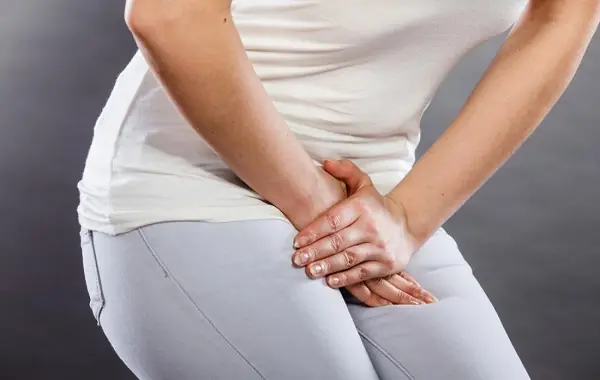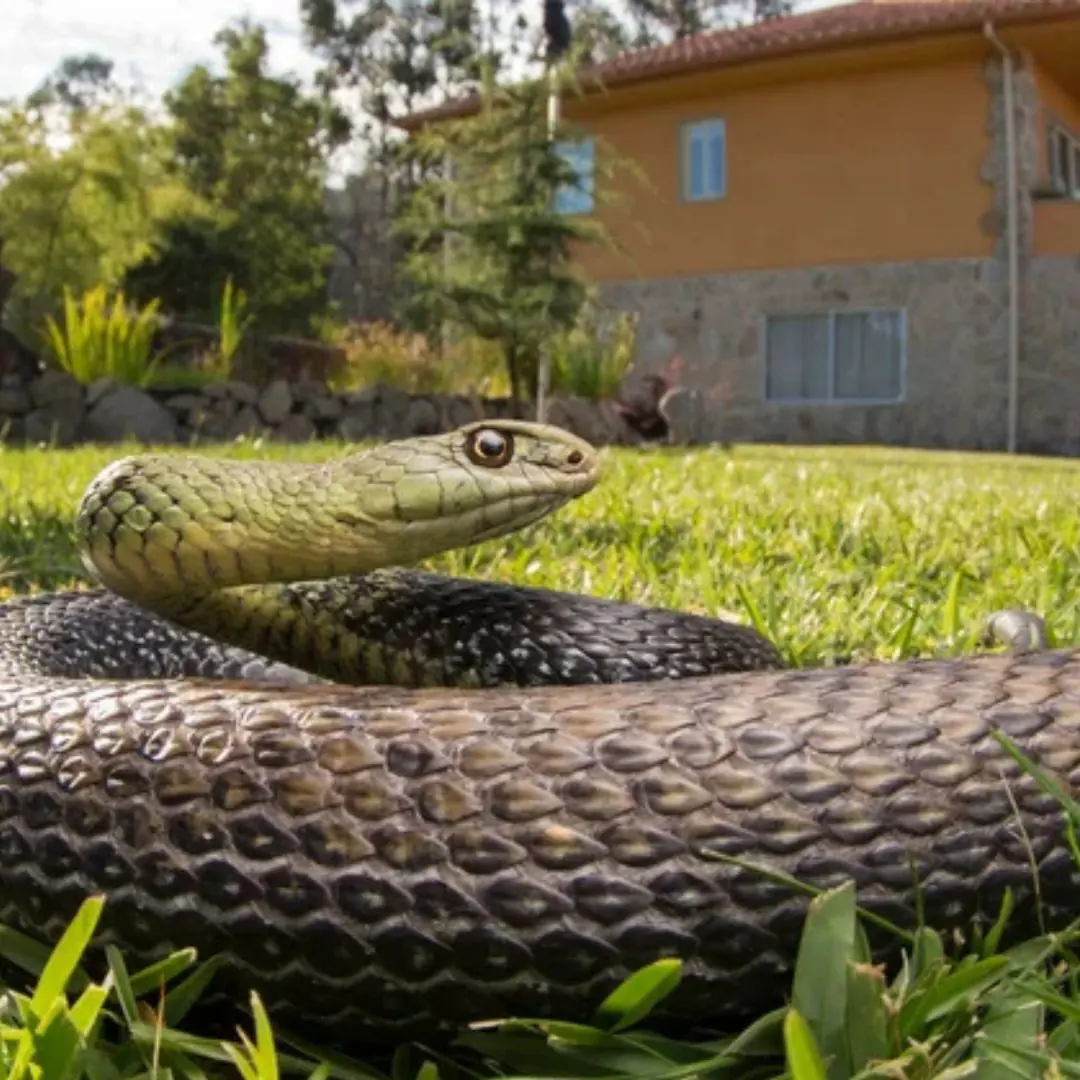
No Matter How You Wash Clams, There’s Still Grit Inside?
No Matter How You Wash Clams, There’s Still Grit Inside? Top Chef Reveals 2 Ingredients to Soak Them in for Surprisingly Clean Results
This chef revealed that using the following two ingredients to soak clams can help remove any remaining grit and sand.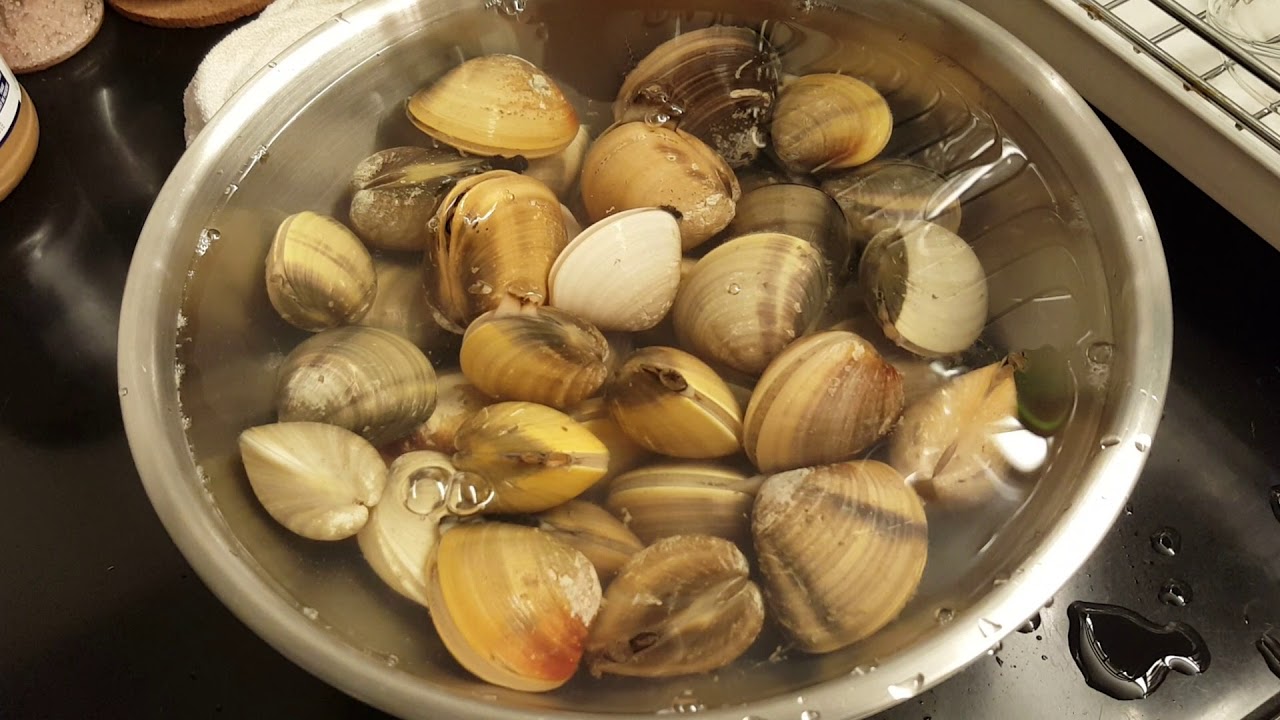
Clams, also known as Venus clams, are a type of bivalve mollusk from the family Veneridae. They have round shells, white or pale yellow in color, and usually live in coastal areas with high salinity where there is plenty of sand, silt, and gravel. Clams are a popular, nutrient-rich food source used in many delicious dishes.
Since clams live on the seabed where there is a lot of sand and silt, improper cleaning before cooking can leave grit inside.
Many people wash clams repeatedly yet still find sand inside when eating, which reduces the enjoyment of the dish. For a more effective cleaning method, you can try the tip below from a top American chef.
How to Clean Clams and Remove Grit
In an appearance on the TV show Today, famous American chef Adam Richman shared some of his favorite summer seafood recipes along with professional tips for cleaning and prepping clams before cooking.
First, Adam explained how to check if clams are fresh. He said,
“Live clams will respond to outside stimulation. If you bring them home and see them open, tap them lightly on the counter or firmly tap them with the back of a wooden spoon. Live clams will immediately close their shells when touched. If they don’t close, they’re dead.”
For effective cleaning, Adam said that shellfish like clams act like filters, so you need to help them expel any debris by soaking them in a basin of cool water with a bit of salt or cornmeal for about 20–30 minutes.
“You don’t need much—just about 1/4 cup of each, or around 1/3 cup of salt for 3 liters of water is enough,” Adam noted.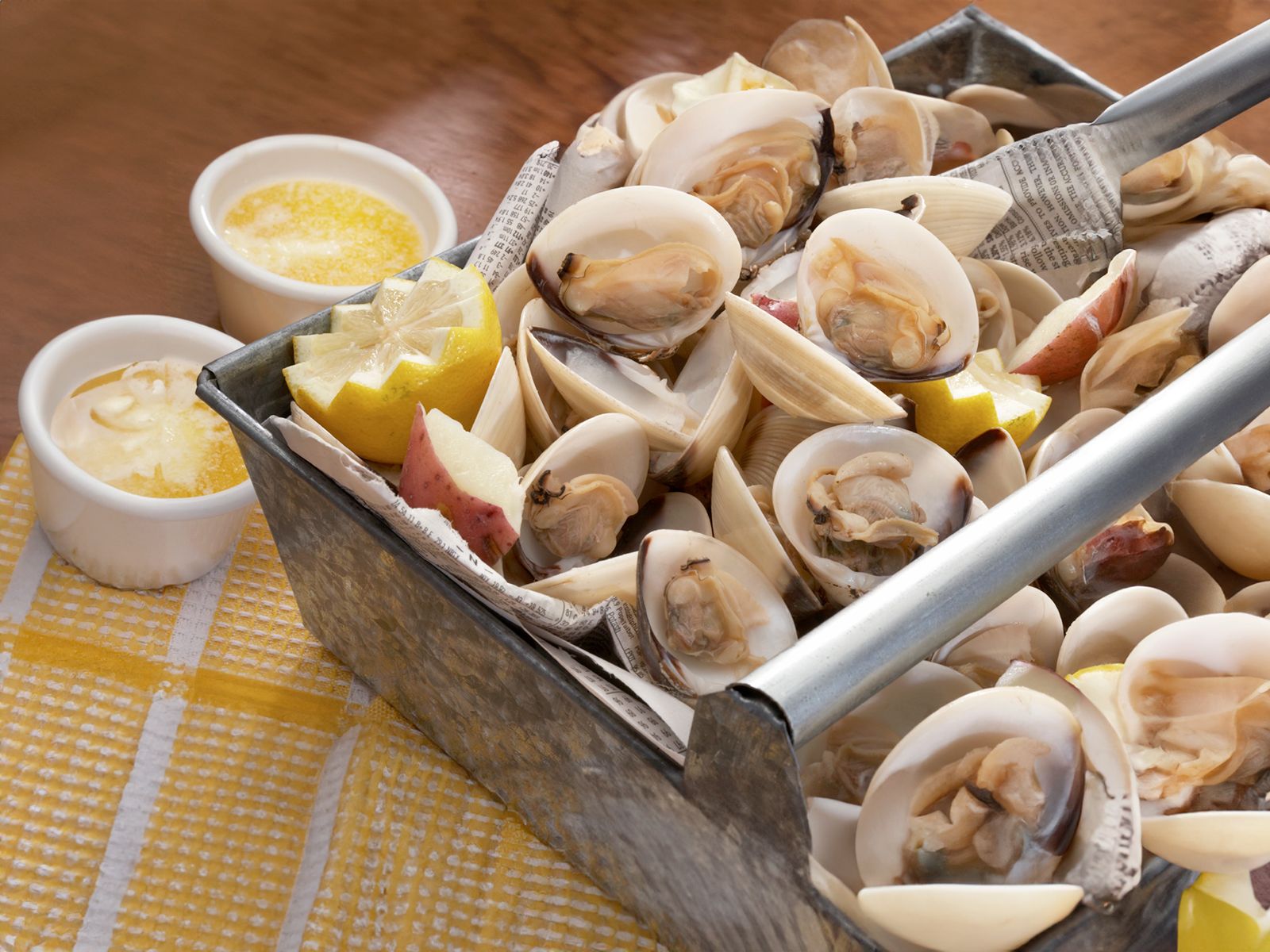
Soaking clams before cooking stimulates them to release sand and dirt from inside their bodies, making the dish cleaner and tastier. This process mimics their natural environment and encourages them to purge their digestive systems.
After soaking, transfer the clams by hand into another container. Never pour the whole soaking basin into a strainer, as this will cause the sand to cling back onto the clams. At this point, you’ll notice plenty of grit settled at the bottom of the basin. Rinse the clams several times in clean water until the water runs clear.
Finally, Adam recommended using a stiff brush (like those used for scrubbing potatoes) to clean the shells of seaweed and dirt. If you’re planning to grill clams over a fire, this step isn’t necessary since the outer layer will burn and peel away.
Clams are a nutrient-rich seafood, and eating them properly provides plenty of protein, minerals, and essential vitamins. Specifically, clams are rich in vitamin B12, vitamin C, vitamin B2, vitamin B1, vitamin A, and minerals like iron, calcium, potassium, magnesium, zinc, selenium, and iodine. They also contain omega-3 fatty acids, which are beneficial for heart health.
News in the same category

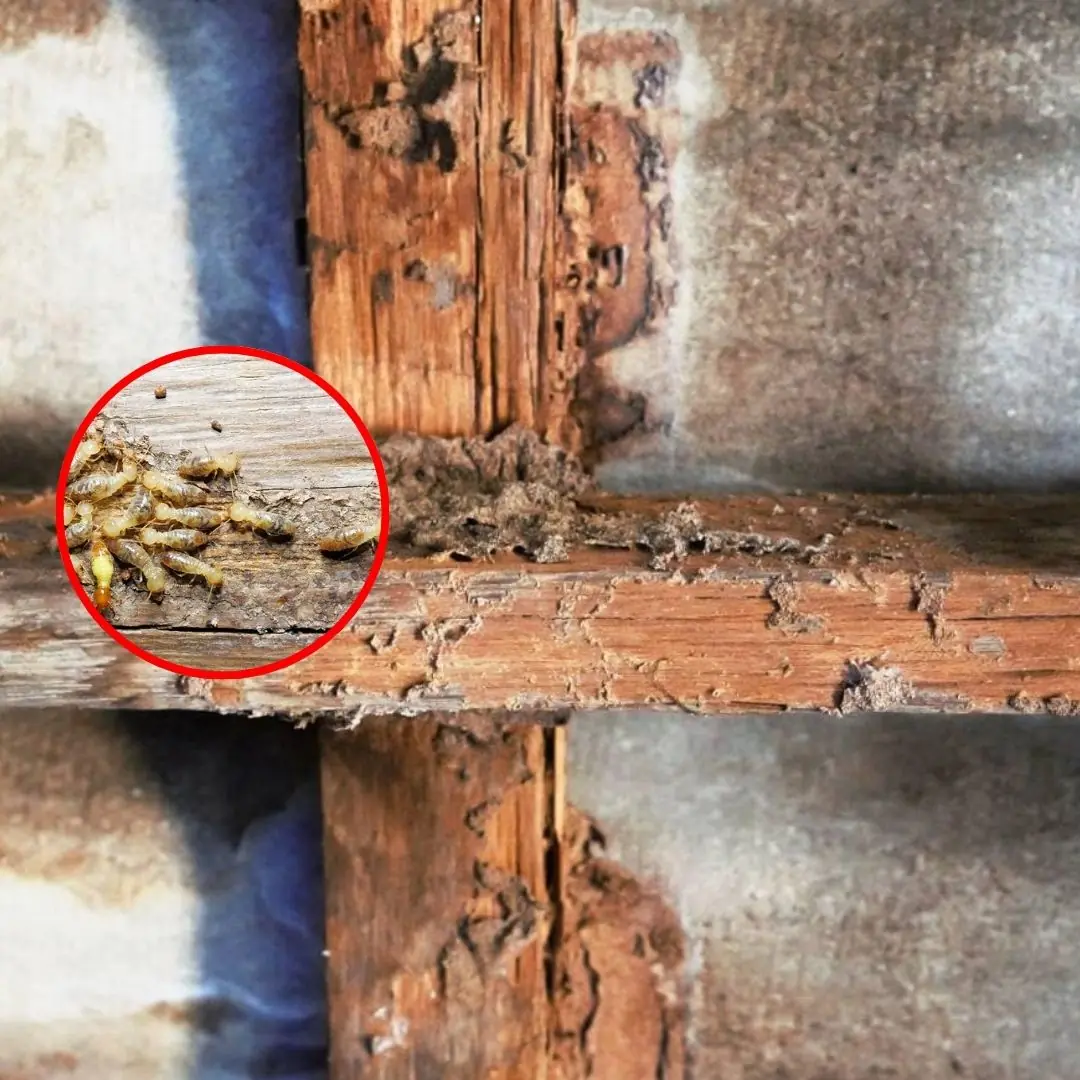
6 Proven Ways to Get Rid of Termites From Wooden Furniture
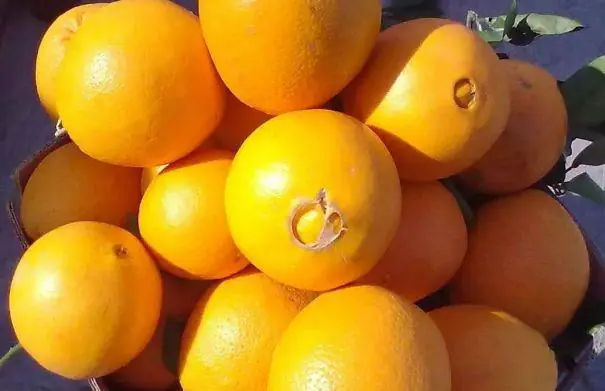
Should You Pick Na.vel Oranges With a Big or Small “Na.vel”?
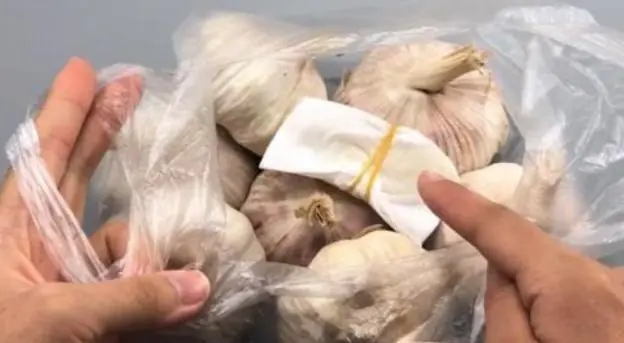
3 super easy garlic storage hacks
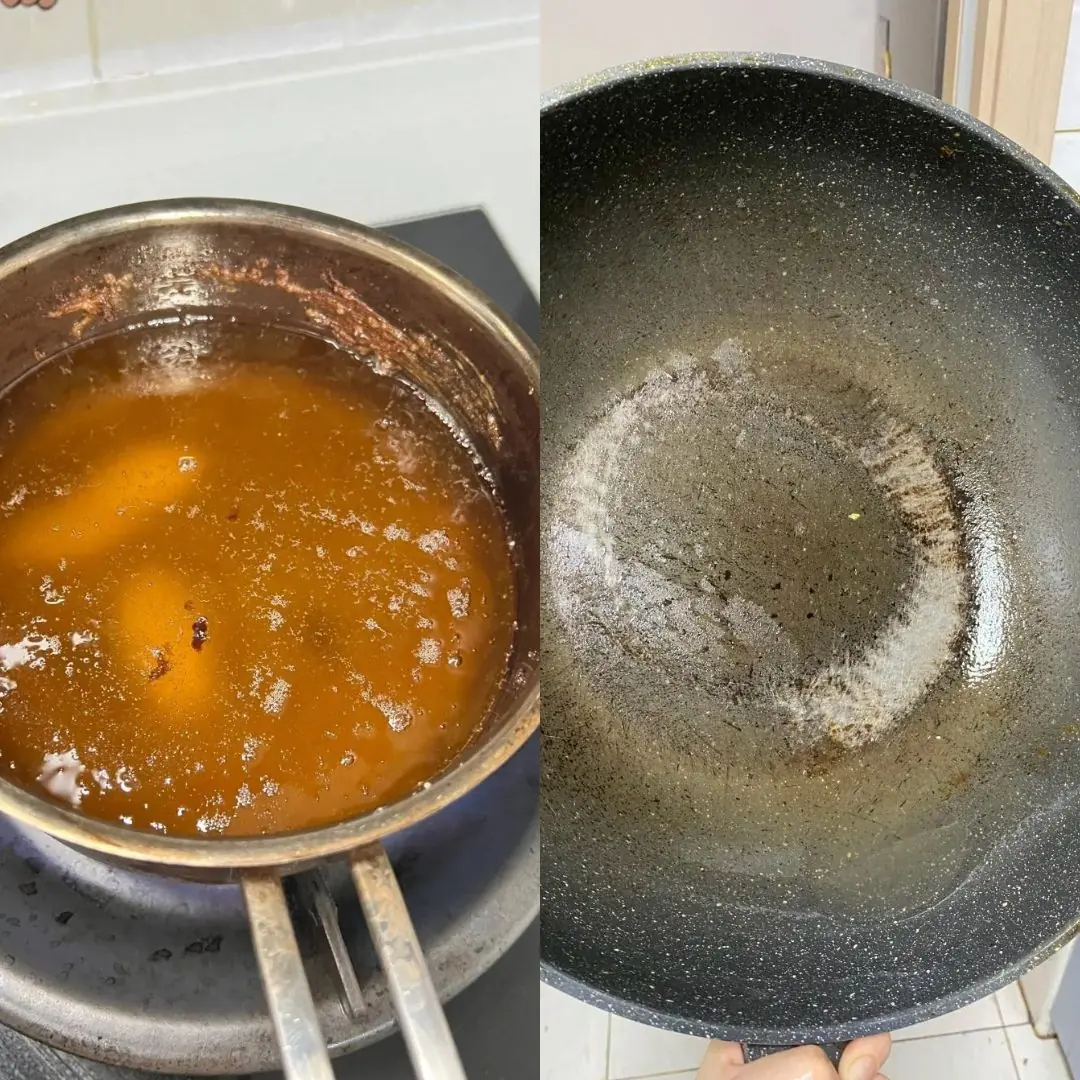
The More You Save, the Sicker You Get: 6 Dangerous Kitchen Habits to Stop Immediately
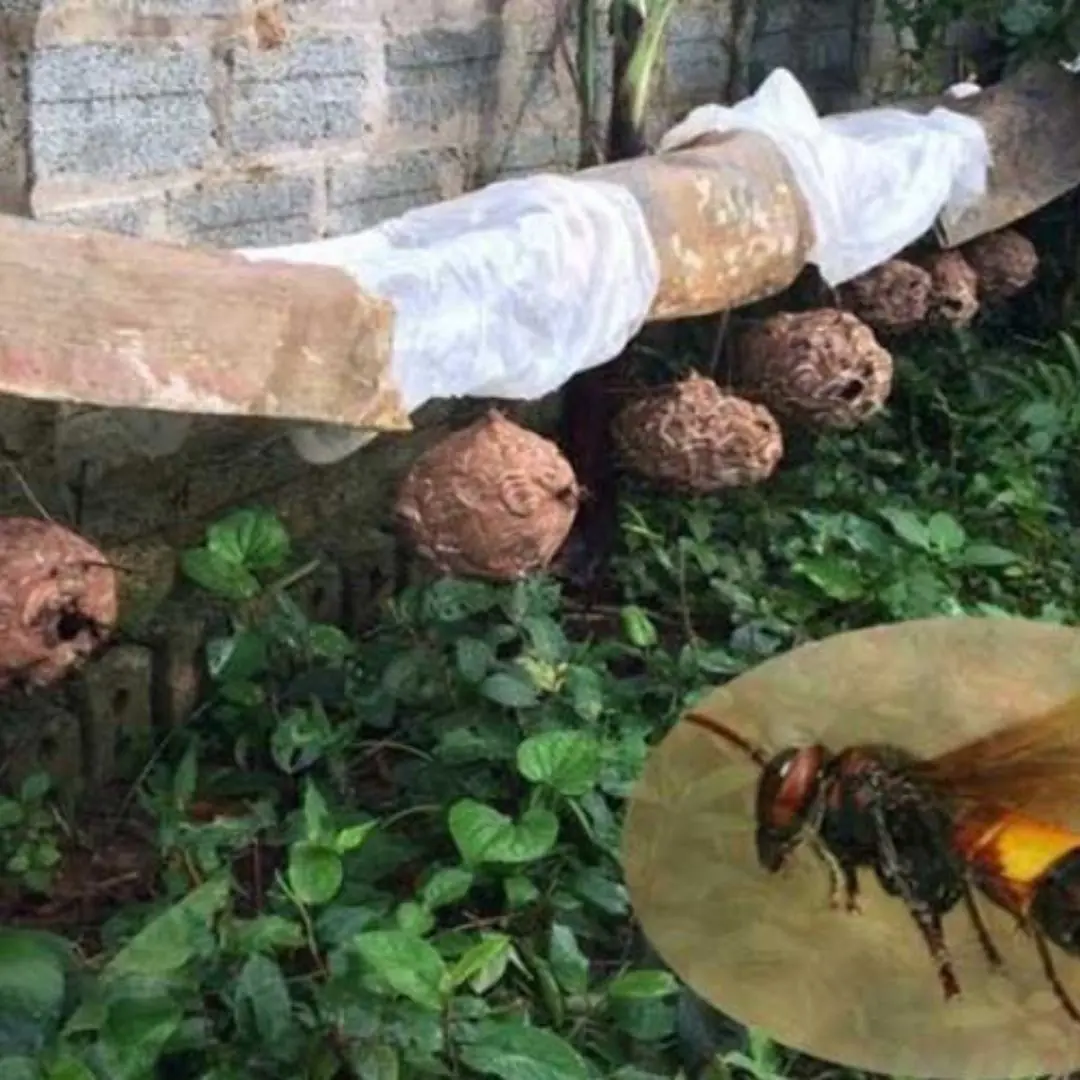
What smell do wasps fear? 4 non-toxic ways to kill wasps
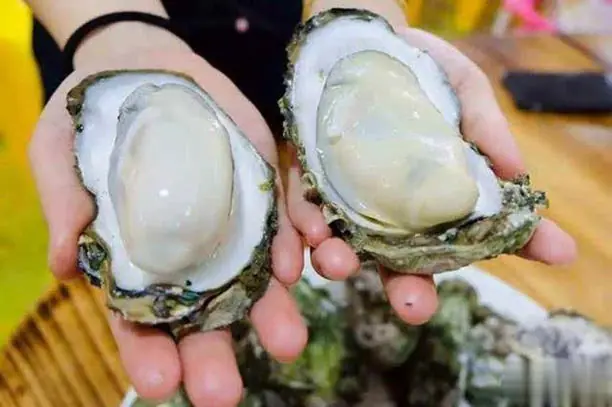
When Buying Oysters, Never Choose These 3 Types
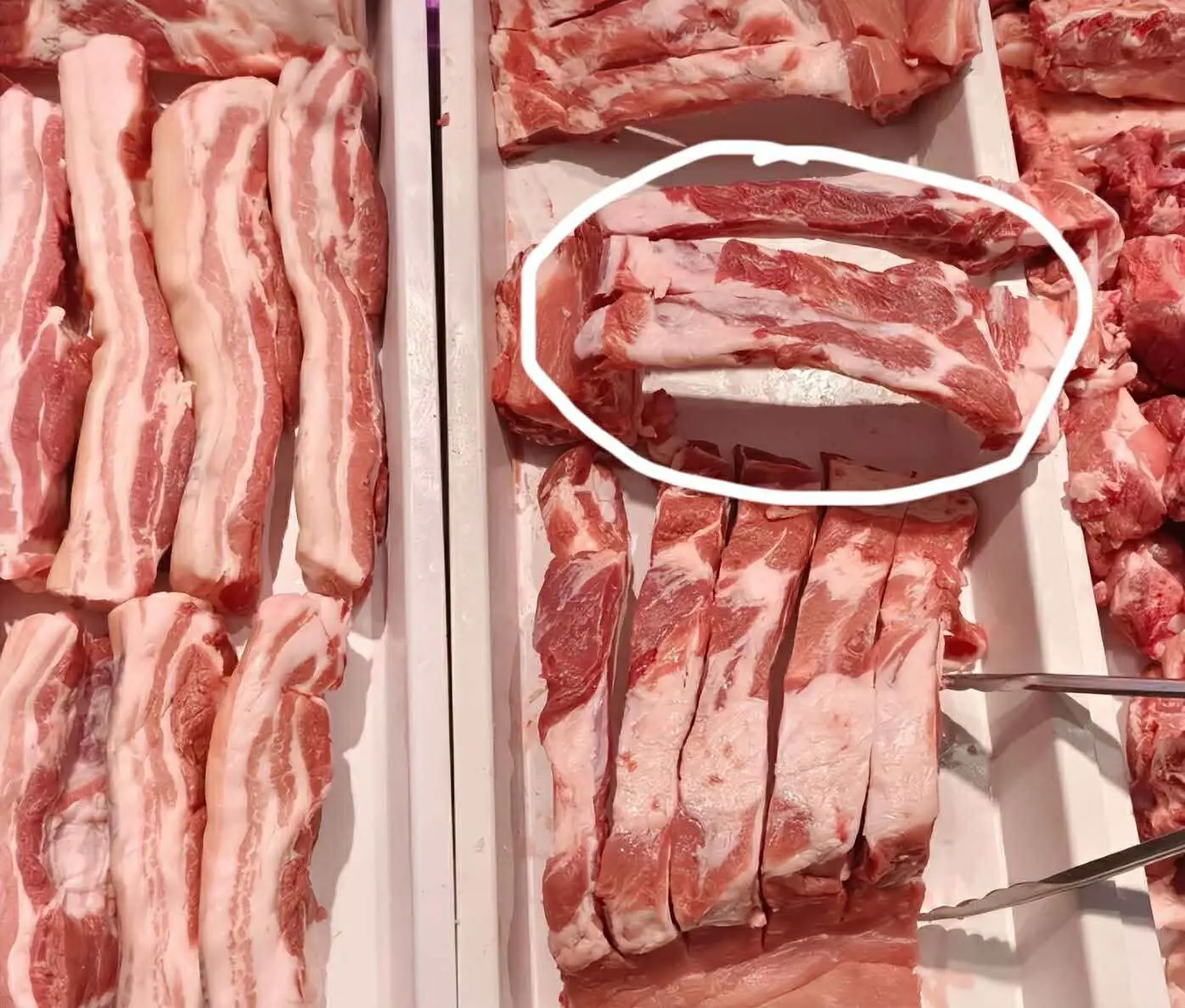
Don’t Buy These “4 Types” of Pork Ribs No Matter How Cheap They Are
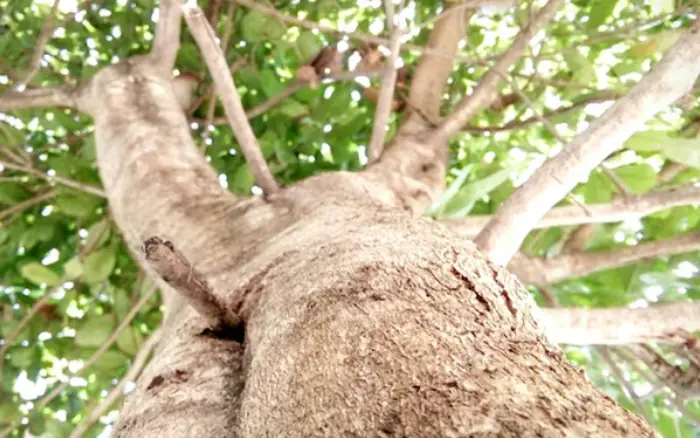
3 Lucky Plants That Bring Prosperity and Wealth
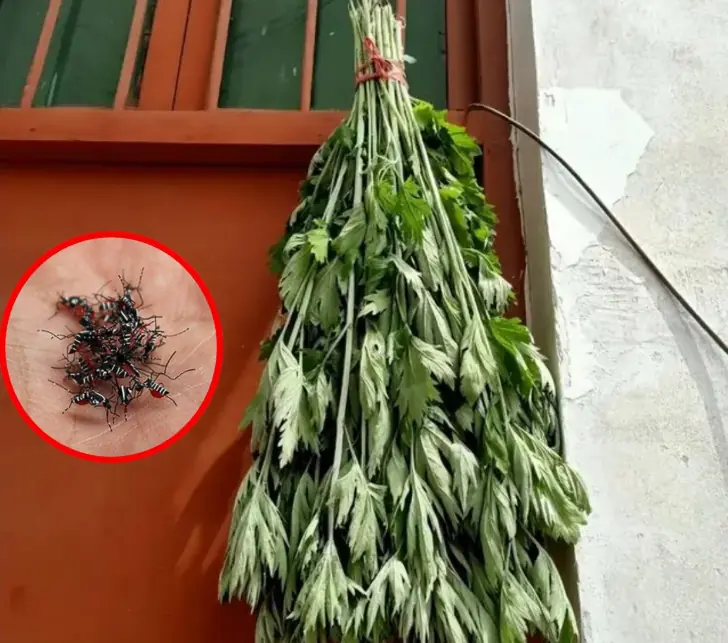
Just hang a handful of these leaves in front of your door - flies and mosquitoes will disappear
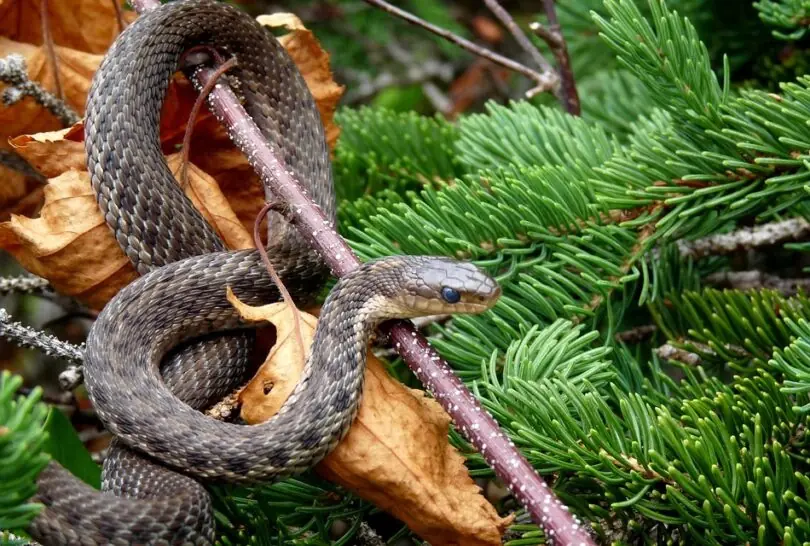
8 types of plants that attract snakes into the house
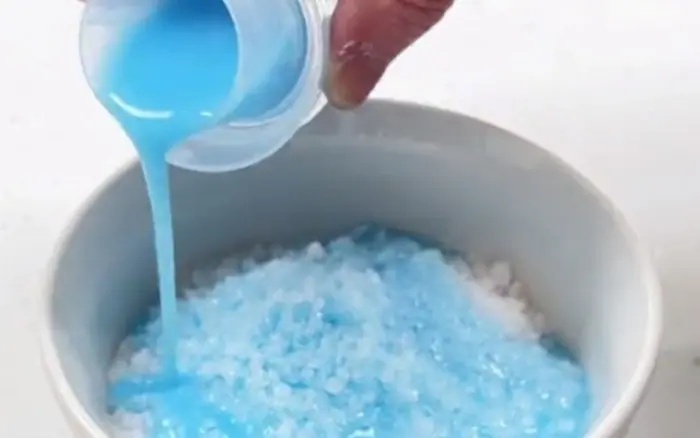
Mixing fabric softener with salt: Great use to solve household problems

Pour Salt into the Toilet: The Surprising Benefits Every Home Needs

Do This Extra Step Before Boiling Chicken Breast for Juicy, Tender, and Not-Dry Results
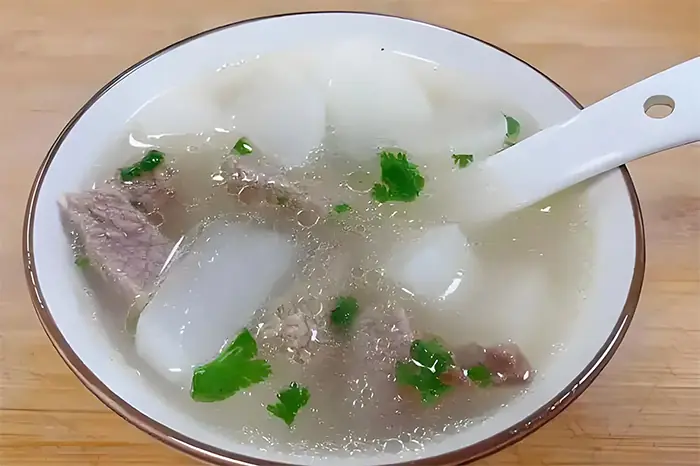
In Autumn, Eat These 3 Lu.ng-Nourishing Dishes Regularly to Prevent Cough and Thr.oat Irritation
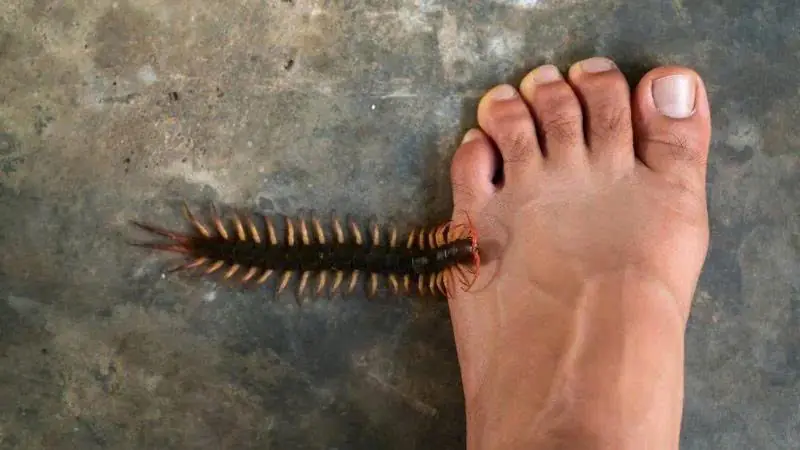
Reasons you should not ki.ll millipedes
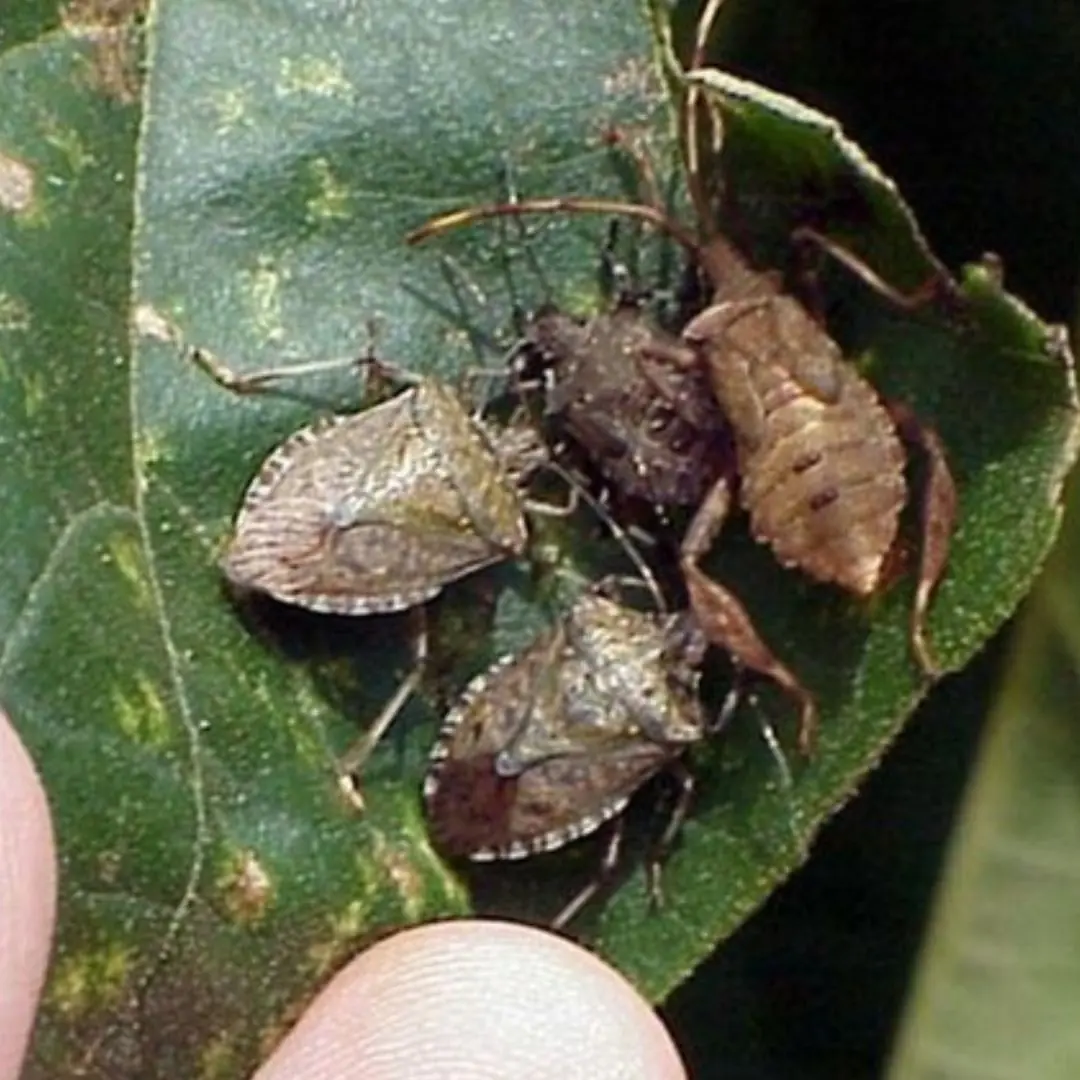
When A Brown Bug Like This Appears In Your Yard, Immediate Action Is Required

Tips for washing grapes to remove dirt and worm eggs, and to safely eat the skin
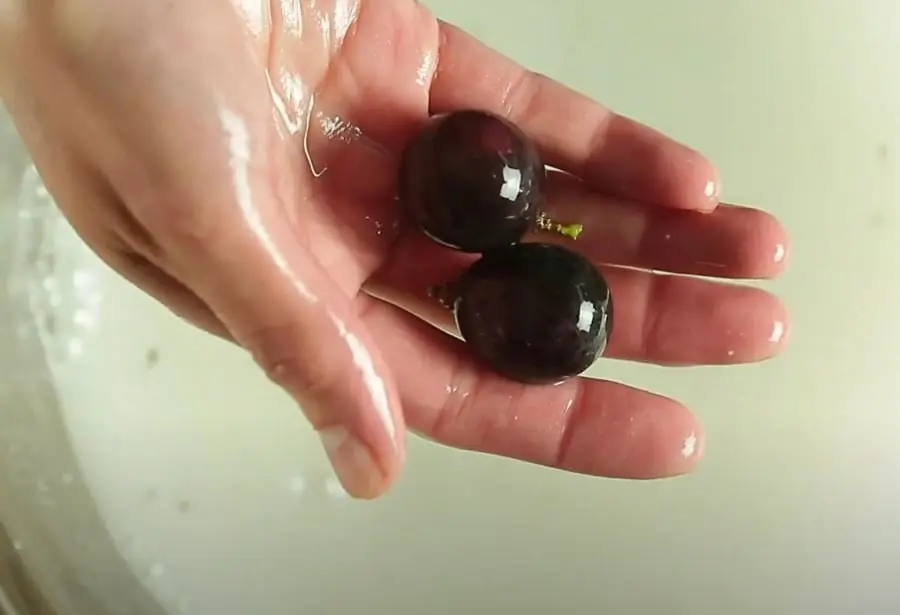
Don’t Eat Grapes Before You Know This Trick
News Post

Doctor Reveals 5 Dangerous Mistakes You Must Avoid Right After Eating
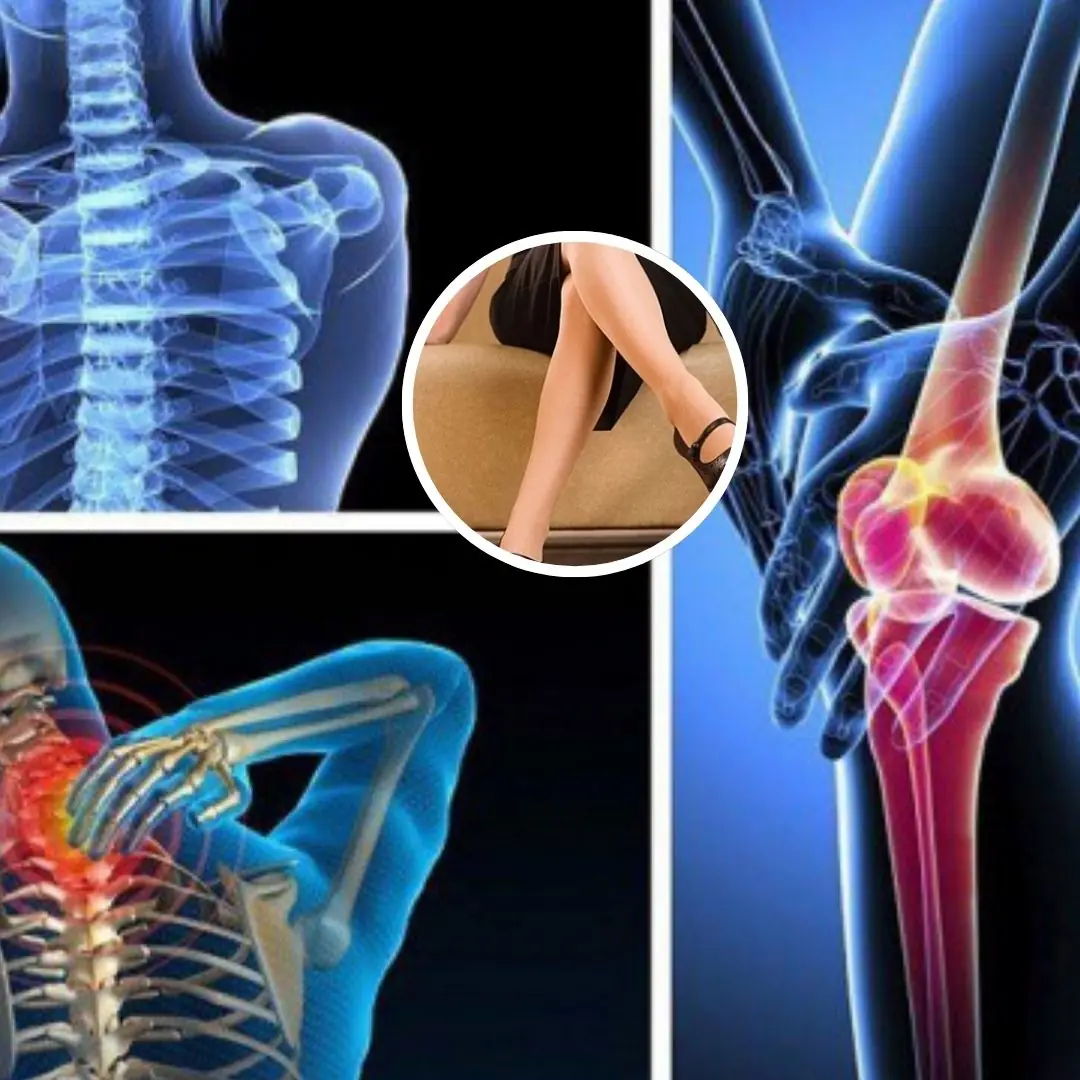
"7 Silent Habits That Wreck Your Bones and Joints — Quit Them Now or Face Pain in Old Age

Avoid These Plants If You Don’t Want Snakes Near Your House

Night Sweats Explained: 7 Surprising Facts
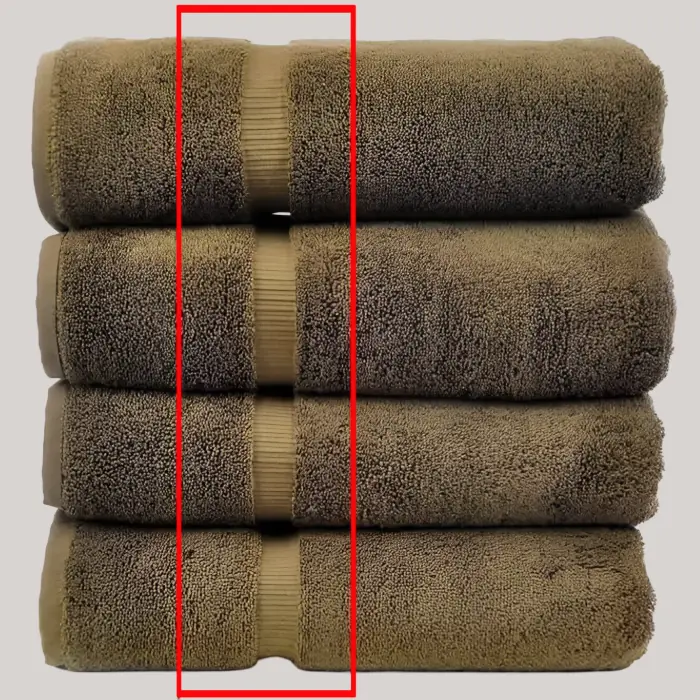
What the lines on bath towels actually mean?
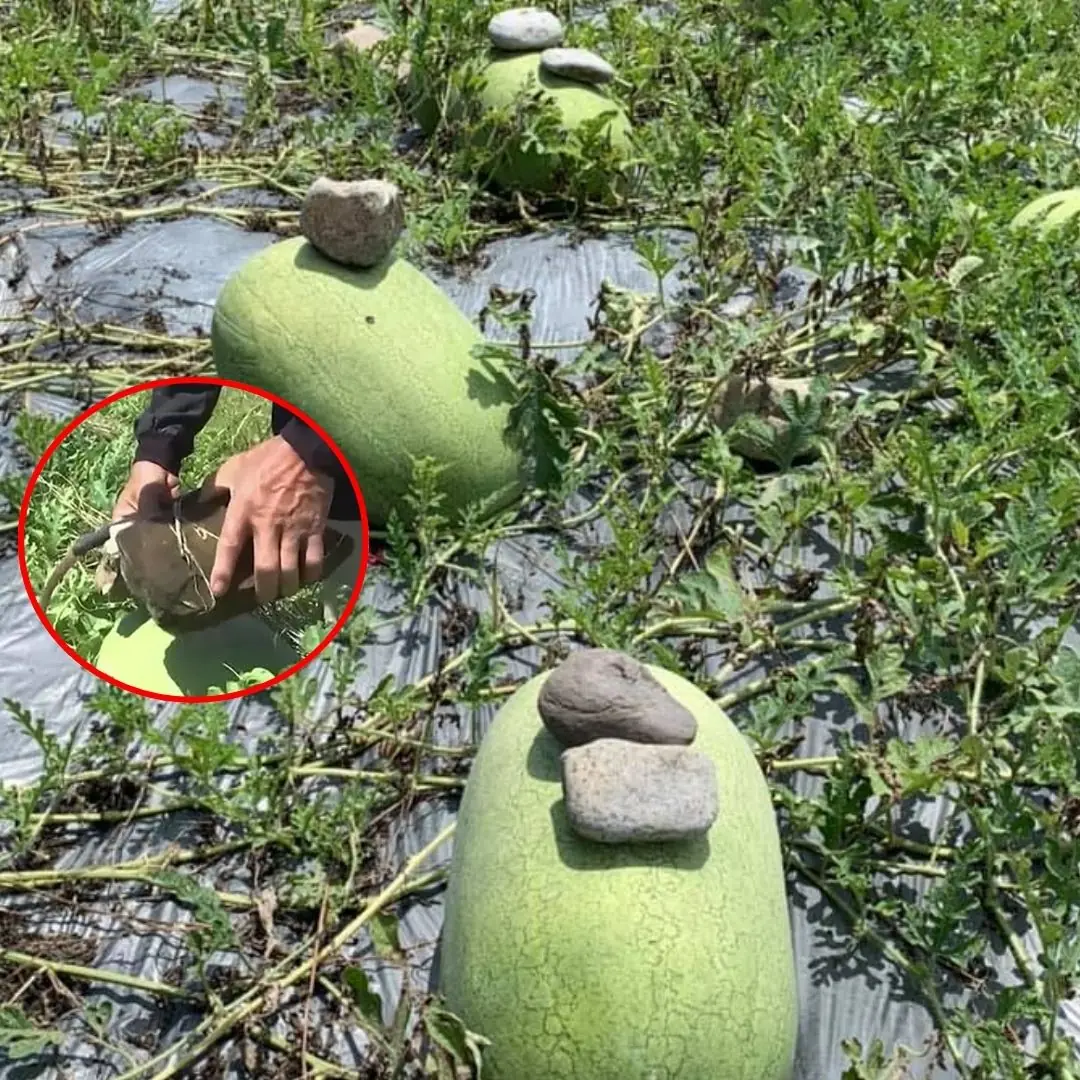
Farmers put ice on melons before harvest – the reason behind it will surprise everyone

6 Proven Ways to Get Rid of Termites From Wooden Furniture
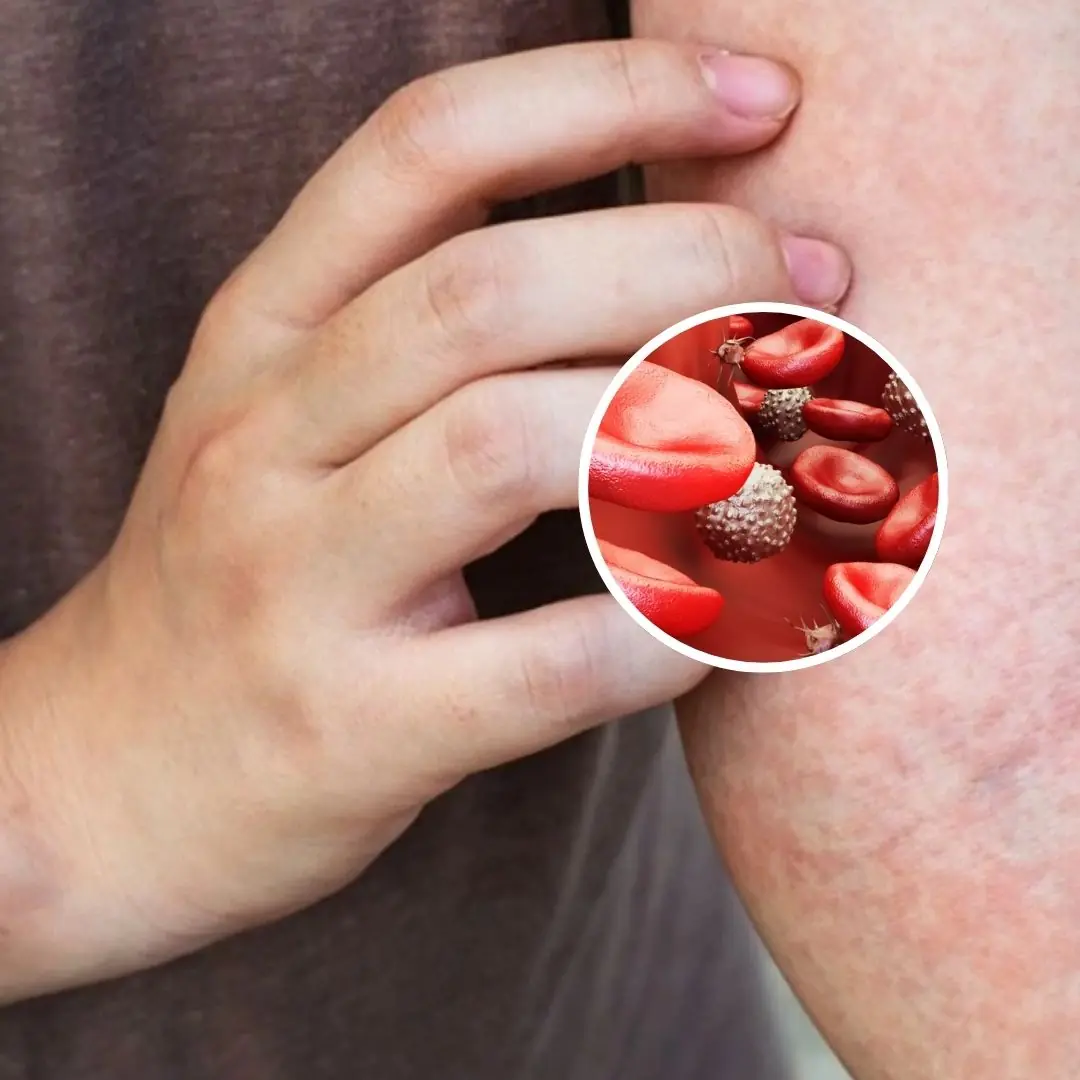
Warning: 10 Overlooked Symptoms That Could Signal Blood Cancer

Should You Pick Na.vel Oranges With a Big or Small “Na.vel”?

4 Abnormal Signs in the Abdomen That May Seem “Minor” but Could Indicate Can.cer

3 super easy garlic storage hacks

The More You Save, the Sicker You Get: 6 Dangerous Kitchen Habits to Stop Immediately
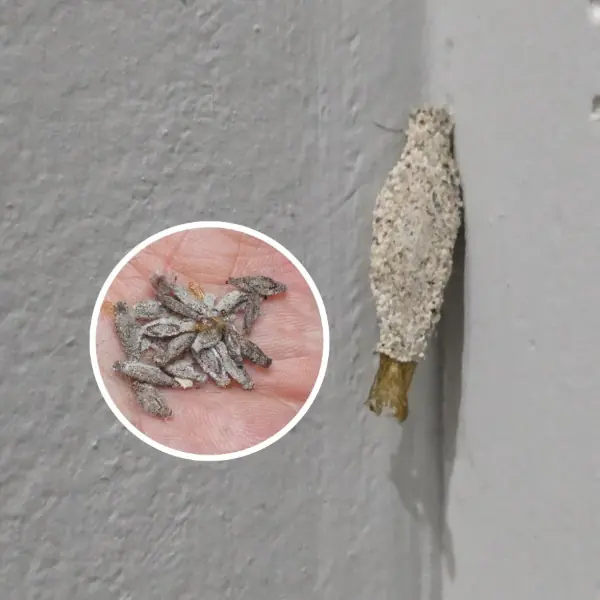
What are those “Small bags” on the wall really?
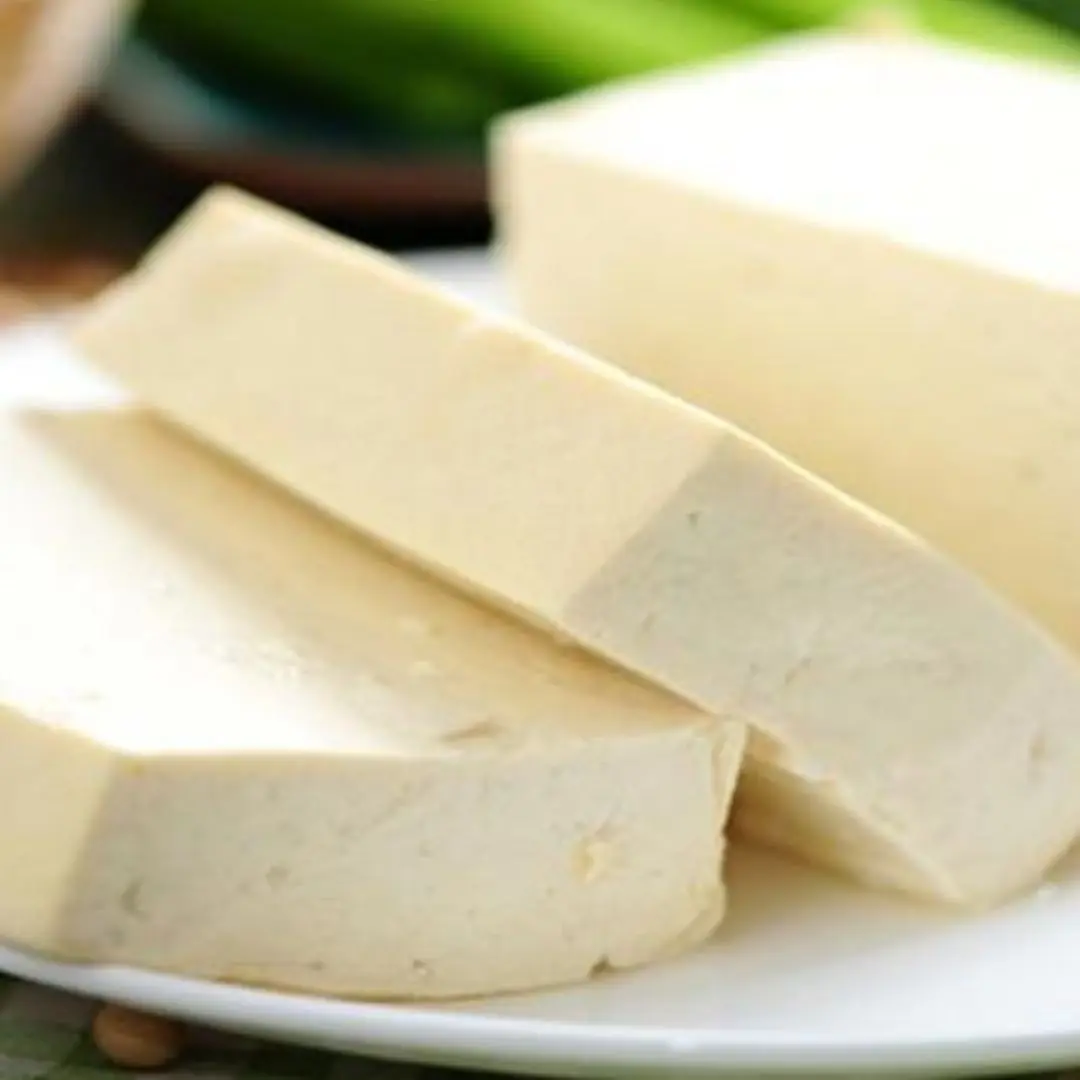
Surprising Everyday Foods That Quietly Work Wonders for Your Liver — And Why You Should Add Them to Your Diet
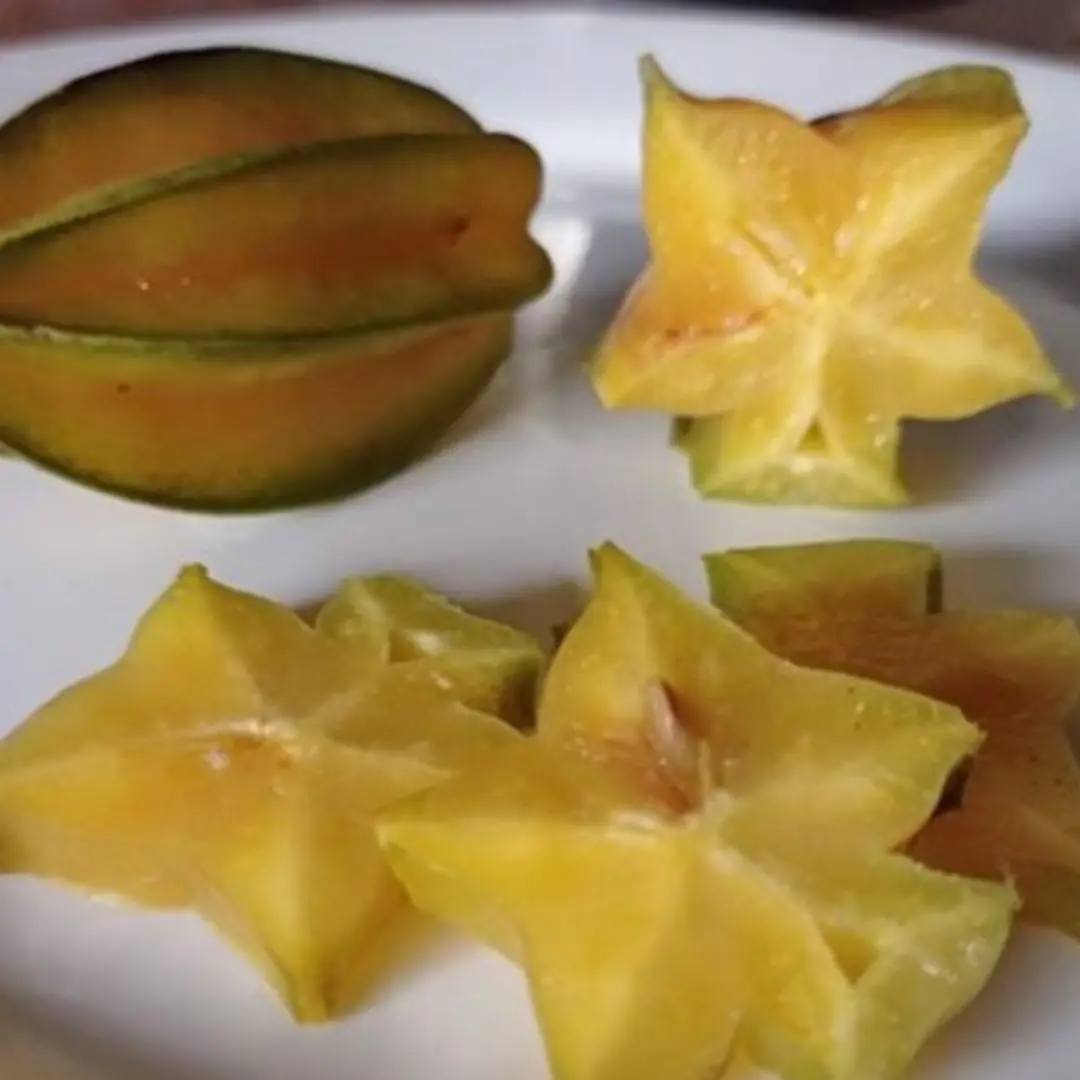
Despite its health benefits, star fruit is strictly off-limits for these groups of people
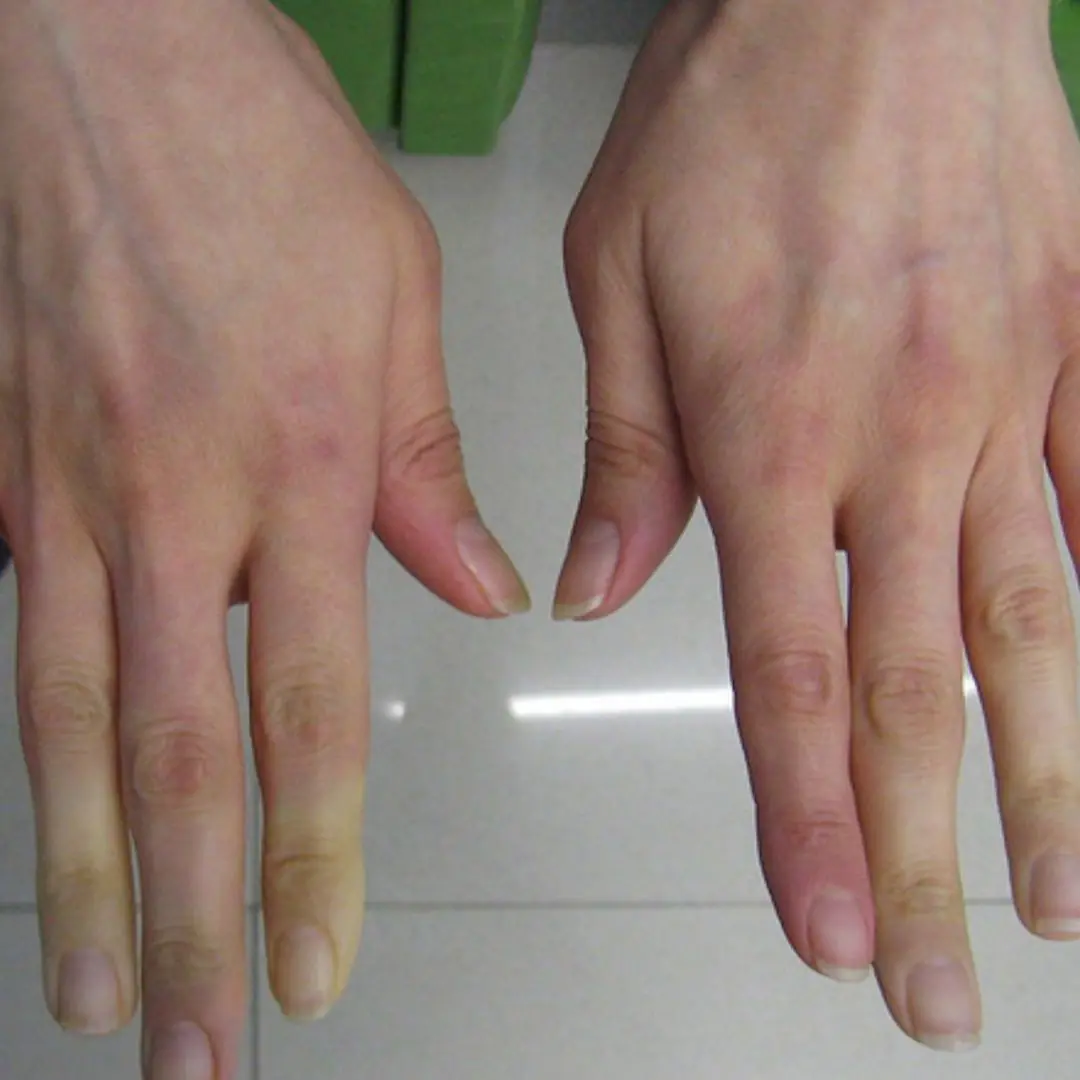
This condition can trigger a sudden transformation in the fingers, leaving them ghostly white or bluish
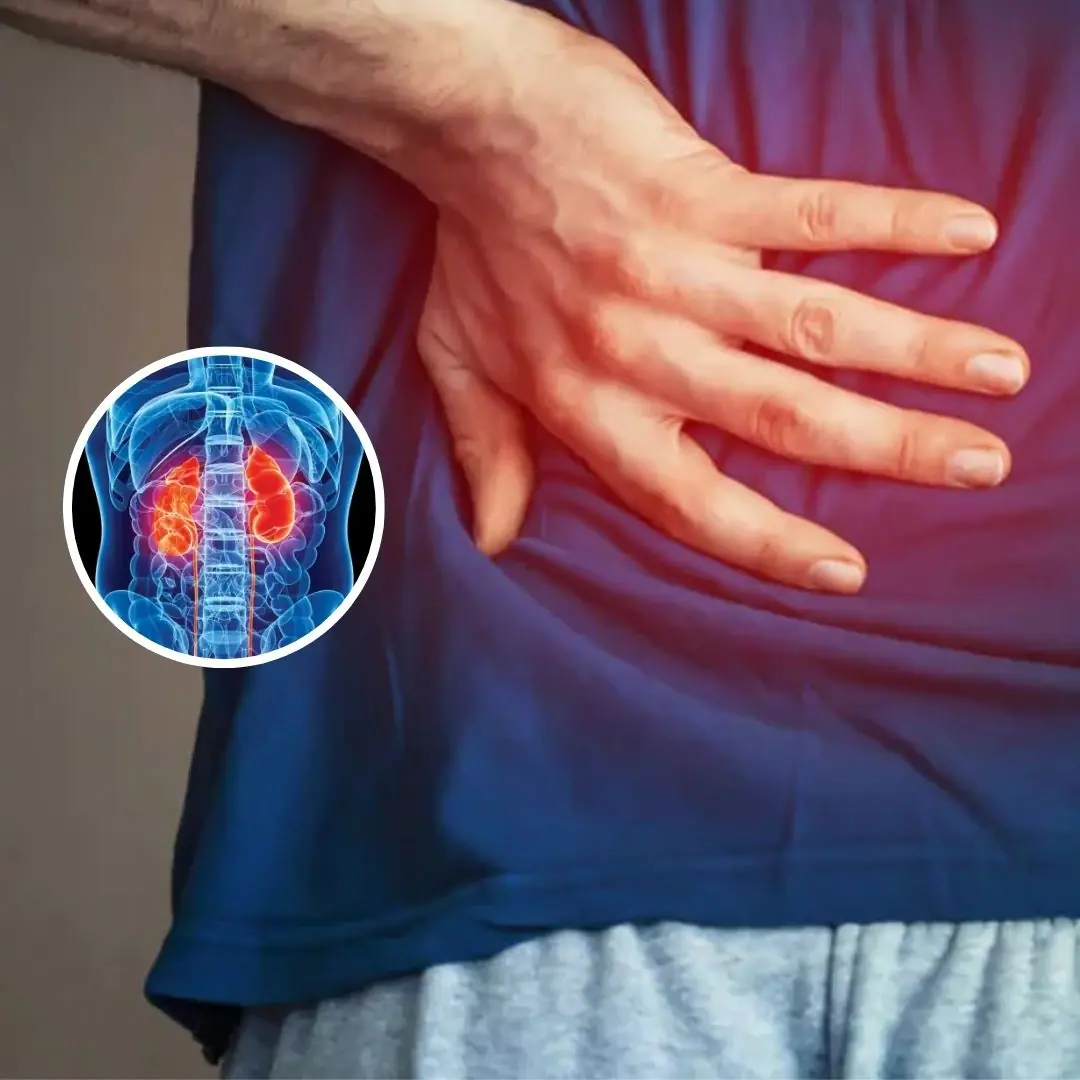
Night Clues: 5 Rare Symptoms Pointing to Kidney Damage
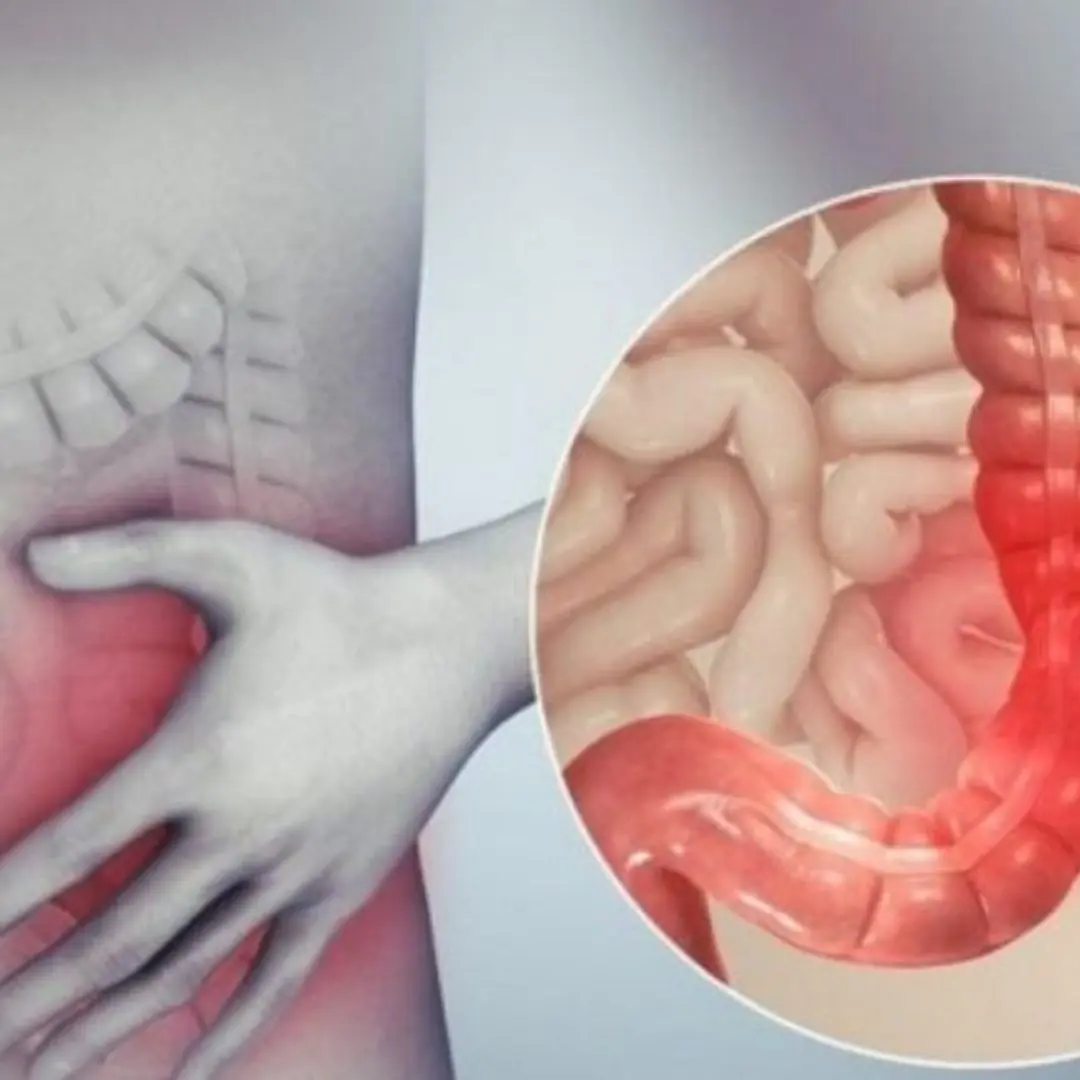
Don’t Overlook These 6 Warning Signs of Stage 1 Colon Cancer

These 3 Common Fish Are Actually the Best for Your Health
